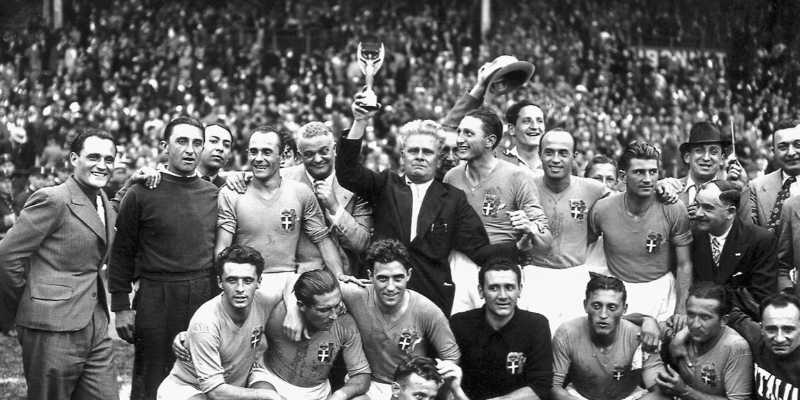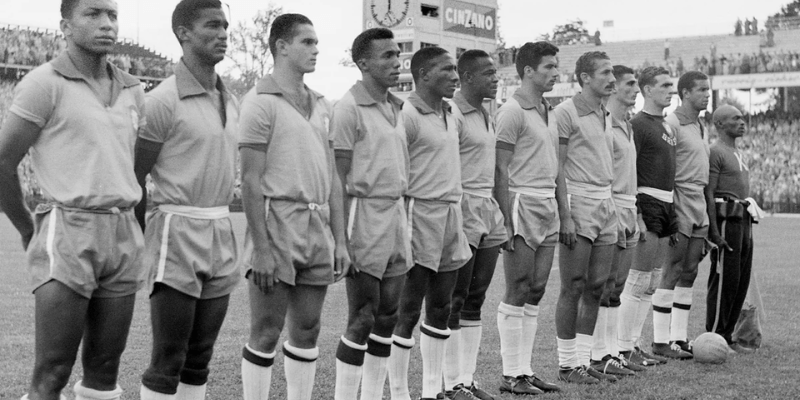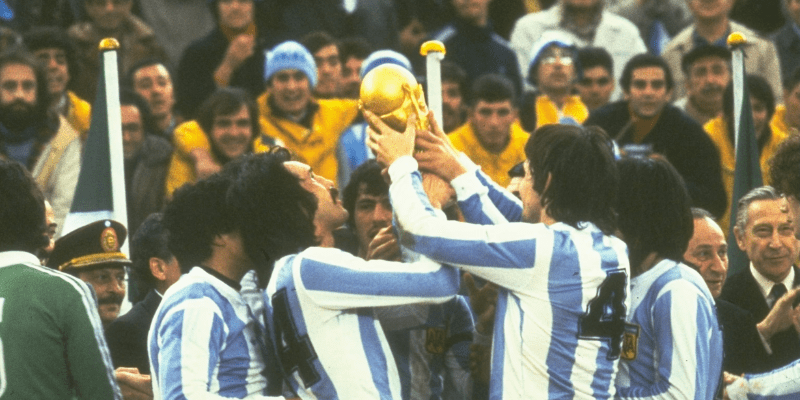The controversial matches in World Cup history form a dark mirror to the beautiful game. In this article, DiorDribble will guide you through the most talked-about games—moments of chaos, injustice, and drama that left fans around the world gasping. Whether it was a handball missed by the referee, collusion behind closed doors, or violence erupting on the pitch, these matches shaped the lore—and rulebook—of football’s greatest tournament.
The Anatomy of a Controversy

What qualifies a World Cup match as “controversial”? It isn’t just about a bad call or two. These games share some common features:
- High stakes – knockout rounds, finals, or games deciding advancement.
- Failures in fairness – missed calls, refereeing bias, collusion, or match manipulation.
- Emotional aftermath – protests, political backlash, rule changes or lasting grudges.
Below, DiorDribble brings you six of the most infamous matches in World Cup history—each a microcosm of drama, mistakes, and legacy.
Battle of Santiago (Chile vs Italy, 1962)
Few matches embody chaos more than the Battle of Santiago. Just 35 seconds into the game, the first foul set the tone for a match rife with violence. Chile’s Leonel Sánchez punched Italy’s Humberto Maschio in the face, but no card was shown. Italy’s Giorgio Ferrini, sent off early, refused to leave the pitch and had to be dragged off by police. Over the course of the match, scuffles, red-card calls, and police intervention went beyond typical tempers.
This match became a landmark cautionary tale, prompting debate on how much control referees should exert. The very official, Ken Aston, later invented the yellow and red card system—as if the match cried out for structure.
In short: violence, no control, and a match that became more theater than sport.
Battle of Berne (HuBngary vs razil, 1954)

In the quarter-final of 1954, Hungary faced Brazil in what turned into a pitched battle. After Hungary scored, Brazilian journalists and officials invaded the pitch. The match degenerated: fights erupted, fouls flew, players were sent off, and the violent post-match scenes spread into the dressing rooms. The referee ended up issuing multiple dismissals, but control had long evaporated.
This was not just a heated match—it was uncontrollable. At one point, Brazilian players invaded the Hungarian dressing room and further violence needed police intervention.
It remains a reference point for matches gone off the rails.
Disgrace of Gijón (West Germany vs Austria, 1982)
The Disgrace of Gijón is a scandal of collusion. In the final group match, West Germany defeated Austria 1–0, and with that result both teams advanced while Algeria was eliminated. The strange thing? After that solitary goal, the game became static. Players passed back and forth aimlessly—no genuine attacks, no urgency. Observers believed both teams tacitly agreed to produce a result favorable to them, at Algeria’s expense.
The outcry was immediate. Commentators refused to continue broadcasting. Algeria fans felt betrayed. FIFA responded swiftly—henceforth, final group matches would be played simultaneously to prevent precisely this kind of engineered result.
This game changed tournament rules forever by highlighting the precarious ethics in group stages.
Battle of Nuremberg (Portugal vs Netherlands, 2006)
If yellow and red cards were a weapon, this game was full-arsed warfare. In the Round of 16, Portugal edged the Netherlands 1–0, but the match is remembered for record disciplinary action: 16 yellow cards and 4 red cards, the most in any FIFA tournament match.
Referee Valentin Ivanov struggled to contain the tension. Fights broke out, headbutts occurred, players were discounted en masse, and the match spilled over into a brawl on the sidelines. Even after the final whistle, the hostility continued.
What should have been a high-stakes knockout became a cautionary spectacle.
Battle of Lusail (Argentina vs Netherlands, 2022)
Modern technology and old passions clashed in this heated quarter-final. The Battle of Lusail ended 2–2 after extra time, with Argentina winning 4–3 on penalties. Referee Antonio Mateu Lahoz issued 18 yellow cards—a record for a World Cup match—and one red. Criticism poured in for missed fouls, questionable leniency, and game management that seemed too casual for such an intense match.
Both sides felt hard done by the officiating. The match was physical, aggressive, and often chaotic. Mateu Lahoz’s handling became part of the story.
This match proved even in the VAR era, controversy can still dominate.
Maradona’s Hand of God (Argentina vs England, 1986)
Perhaps the most famous moment in controversial matches in World Cup history, Diego Maradona’s “Hand of God” goal defined eras. In the 51st minute, Maradona punched the ball into the net. The referee didn’t see it—Argentina went on to win 2–1 and later win the tournament.
The fallout was fierce. English fans cried foul. Argentina rallied it as cunning genius. Maradona later called it divine intervention, while the second goal in the same match served as poetic cover. The moment roostered decades of debate about fairness, referee oversight, and the fine line between brilliance and injustice.
It’s not just a controversial match—it’s one of football’s eternal myths.
How Controversial Matches Shaped Football

These games didn’t exist in a vacuum. They forced changes in rules, refereeing, and tournament format.
- Simultaneous Kickoffs – The Gijón scandal birthed the rule that final group games must start at the same time, reducing collusion.
- Disciplinary Tools – The chaos of matches such as Santiago or Berne showede need for clearer and stronger referee tools (cards, control).
- Referee Technology – Incidents like Lampard’s disallowed goal in 2010 or Hand of God earlier underscored the need for goal-line tech and eventually VAR.
- Referee Training & Accountability – Matches like Nuremberg or Lusail increased demands that referees be better prepared and held accountable at the highest levels.
- Narratives Beyond the Field – Some matches, like USA vs Iran 1998 (a politically charged game), show how wars, diplomacy, and national pride sometimes seep into the pitch.
These matches are part of football’s DNA: they forced evolution, stoked passion, and remain vivid in the minds of fans.
Final Thoughts
Controversial matches in World Cup history are more than just bad calls or tempers—they’re fault lines where sport collides with politics, emotion, and fallibility. For fans, they’re wounds and stories. For administrators, they’re warnings and lessons.
Through the Battle of Santiago, Disgrace of Gijón, Battle of Nuremberg, Battle of Lusail, and the Hand of God, we see how human error, pressure, and design shaped football’s evolution.
DiorDribble invites you to explore more: pick your most controversial match, debate with friends, and dive deeper into how football learned (sometimes painfully). Want a full list of the top 20 controversial World Cup matches? Or a deep dive into VAR controversies? Tell DiorDribble your next stop—because we’re here to keep the passion alive.






